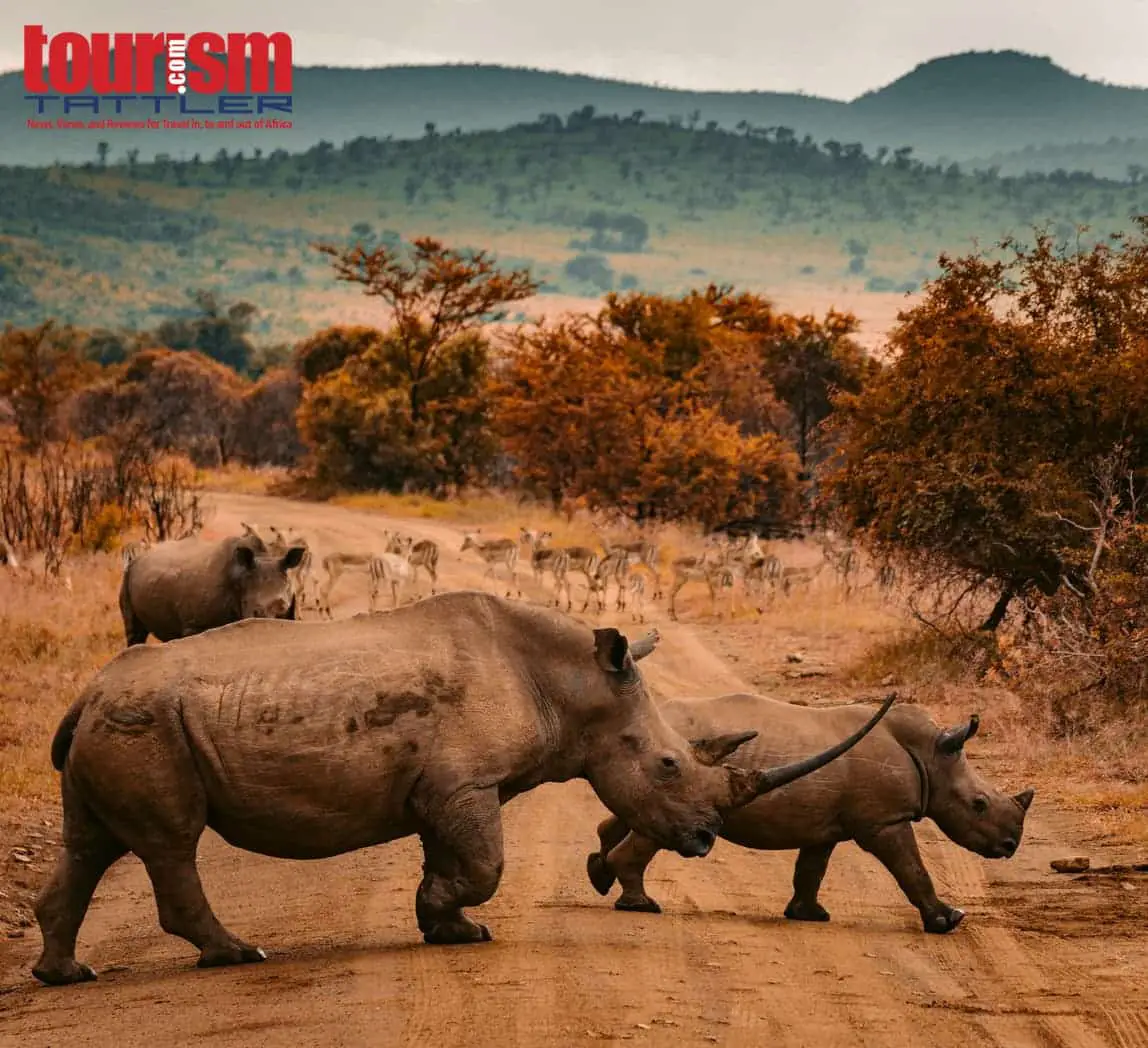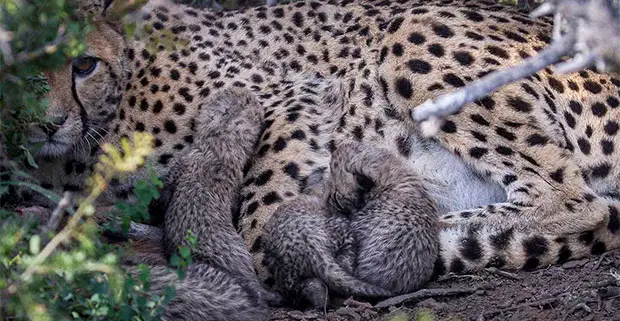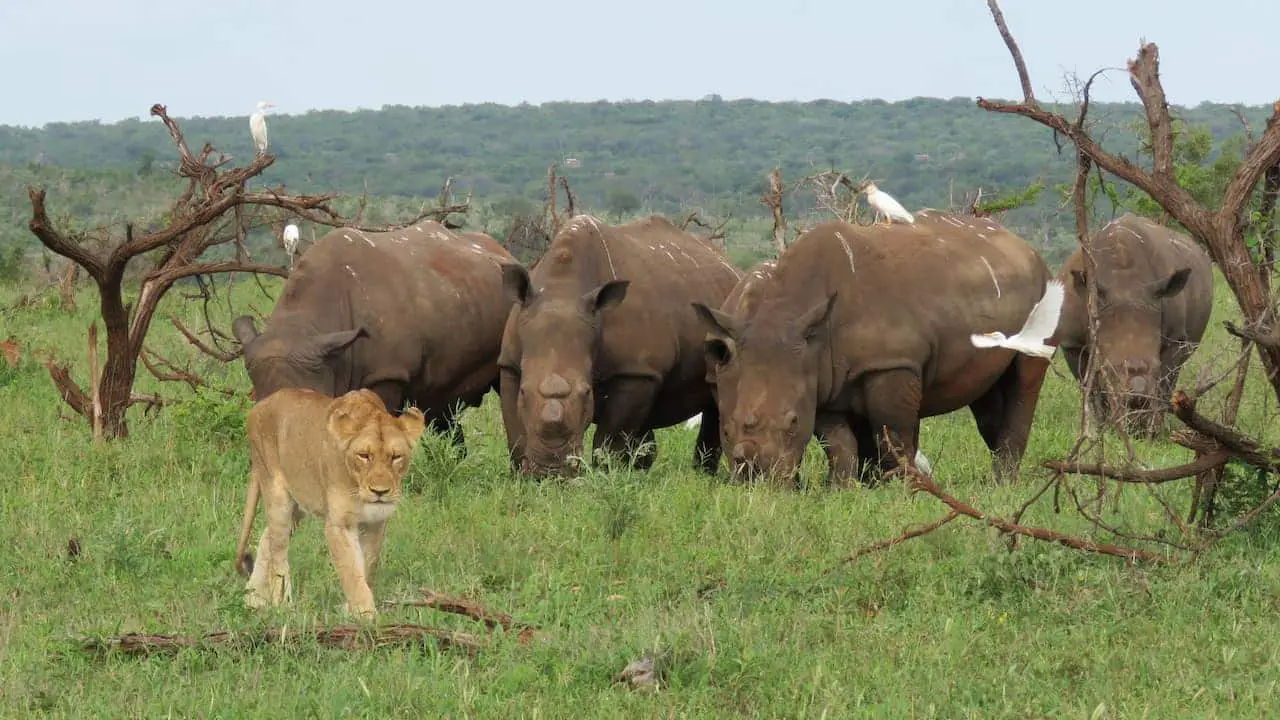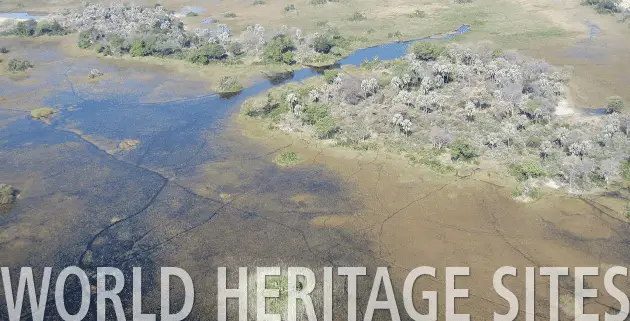SANParks plans ahead with Responsible Tourism Strategy
South African National Parks (SANParks) has released its 2022 Responsible Tourism Strategy (2022 RTS), which plans ahead to overcome potential funding shortfalls, adjust to changing visitor needs and embrace community interaction.
According to Glenn Phillips, SANParks Managing Executive: Tourism and Marketing, the next 10 years will see SANParks doing things differently. “We are not only seeing visitors’ needs and expectation changing but government funding for the National Parks is also changing.”
“It is this new wave of change that necessitated a new thinking on how tourism in National Parks will be run, measured and developed in the next 10 years,” said Phillips.
The new strategy, 2022 RTS, takes its lead from a ground-breaking move that the SANParks Board adopted in 2011, which seeks to define the objectives, guiding principles and values, as well as an implementation and monitoring plan for Nature-Based Responsible Tourism in National Parks. It also incorporates the aims of the National Tourism Sector Strategy (NTSS) launched in 2012 by the National Department of Tourism
One of the major challenges facing SANParks is funding. Conservation areas under the management of SANParks have grown by 558000 hectares since the year 2000, and conservation is an expensive business. “The scope of SANParks’ responsibilities is staggering. Apart from the conservation aspect and ongoing research, there are, for instance, 4 223 kilometres of tourist roads that have to be maintained.
“If we were to extrapolate the last five years Revenue and Operational cost trends over the coming ten years, a scary picture emerges. It is estimated that “profit” from tourism operations should be in the region of around R800 million whilst operational costs are expected to reach around R1,4 billion, that is a massive shortfall…“the fight against the scourge of Rhino poaching has also sucked in significant financial resources that SANParks simply does not have.”
He said SANParks tourism operates at very high occupancies and the opportunity to grow simply out of annual rate increases is just not sustainable… “Our only option is to develop additional products and services that lend themselves to the natural attributes in each specific park, but to do so in a responsible and sustainable manner, thereby still being able to deliver on the core mandate of biodiversity conservation.”
“It is also important to note that this strategy strives to develop better ways in which communities around the National Parks are able to benefit from protecting the parks that they live so close to and which have become a part of their lives… “while at the same time responding to the needs of the new crop of visitors to our National Parks – whose preference is different to those of yesteryear.”
“We are confident that with the cooperation of communities surrounding our parks, commitment from our staff and robust sales and marketing, we will be able to overcome whatever challenges arise. The strategy is an adaptive one, but does provide a guiding light that will need adjusting now and again to give us the required output.”
The new crop of visitors that SANParks wishes to attract will still respond to the lure of the wilderness. “But they want to do more than drive around in their car, hoping for a glimpse of the Big Five. They want to be out in the veld, hiking, biking, swimming, canoeing, beachcombing, mountaineering, dining under the stars. They expect more than a rondavel, a clean ablution block and a communal fire.
The beauty of the National Parks is that there is room for every yearning; the strength of responsible tourism is that it balances the needs of visitors to the parks with the need for conservation and the aspirations of local communities, making sure that all are sustainable,” concludes Phillips.
For more information visit www.sanparks.org





